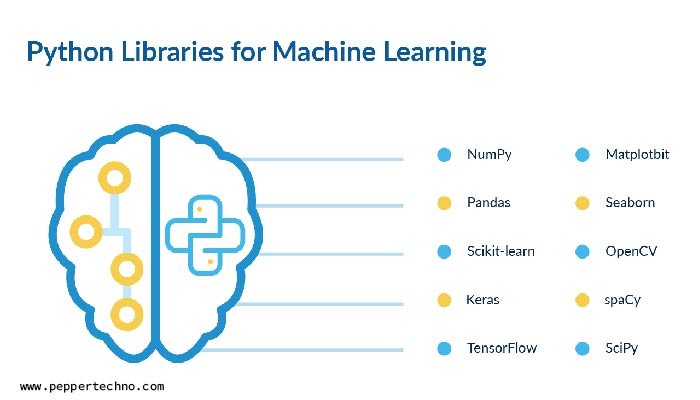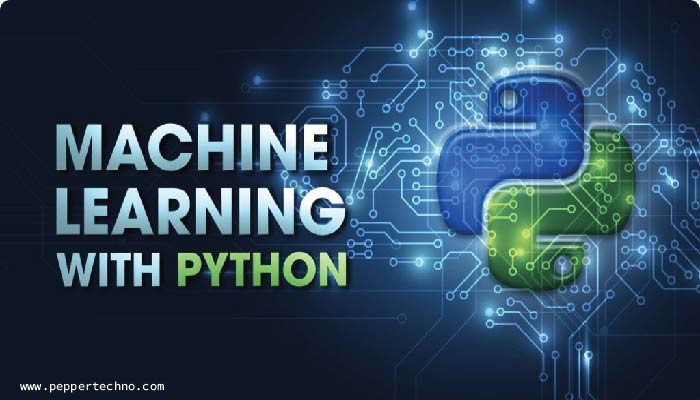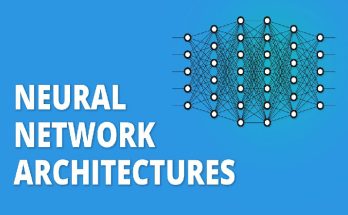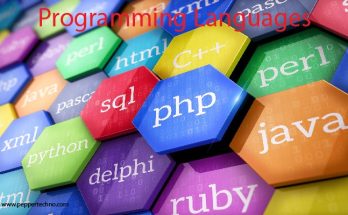Python Machine Learning Mastery: Unlocking the Full Potential
Python has emerged as the language of choice for machine learning practitioners due to its simplicity, versatility, and robust ecosystem of libraries. Mastering machine learning with Python entails gaining a deep understanding of the underlying principles, exploring various algorithms, and applying them to real-world problems. In this article, we delve into the realm of Python machine learning mastery, covering essential concepts, advanced techniques, practical applications, and strategies for achieving proficiency.

Understanding Python Machine Learning
Python’s popularity in the machine learning community can be attributed to its ease of use, readability, and extensive support for scientific computing libraries. Libraries such as NumPy, pandas, matplotlib, and scikit-learn provide powerful tools for data manipulation, visualization, and modeling, making Python a preferred language for both beginners and experienced practitioners in the field of machine learning.
Foundations of Machine Learning with Python
Introduction to Machine Learning: Understanding the fundamental concepts of machine learning, including supervised learning, unsupervised learning, and reinforcement learning. Exploring key terminology such as features, labels, training, and evaluation.
Python for Data Science: Familiarizing yourself with essential Python libraries for data science, including NumPy for numerical computing, pandas for data manipulation, and matplotlib/seaborn for data visualization. Learning how to load, clean, and preprocess datasets using Python.
Introduction to scikit-learn: Getting started with scikit-learn, a popular machine learning library in Python. Exploring its functionalities for classification, regression, clustering, dimensionality reduction, and model evaluation. Understanding the API design and workflow for building machine learning pipelines.
Advanced Techniques in Python Machine Learning
Feature Engineering: Mastering the art of feature engineering to extract relevant information from raw data and improve the performance of machine learning models. Techniques include feature scaling, encoding categorical variables, dimensionality reduction, and feature selection.
Model Selection and Hyperparameter Tuning: Understanding the importance of model selection and hyperparameter tuning in building effective machine learning models. Exploring techniques such as cross-validation, grid search, random search, and Bayesian optimization to fine-tune model performance.
Ensemble Learning: Delving into ensemble learning techniques such as bagging, boosting, and stacking to combine multiple base models and improve predictive performance. Understanding popular ensemble methods such as random forests, gradient boosting machines (GBMs), and AdaBoost.
Deep Learning with TensorFlow and Keras: Venturing into the realm of deep learning with TensorFlow and Keras, two widely used libraries for building neural networks in Python. Learning how to design and train deep neural networks for tasks such as image classification, natural language processing, and time series forecasting.
Practical Applications of Python Machine Learning
Predictive Analytics: Applying machine learning models to predict future outcomes based on historical data. Examples include sales forecasting, customer churn prediction, stock price prediction, and demand forecasting in supply chain management.
Natural Language Processing (NLP): Leveraging machine learning techniques to analyze and understand human language. Applications include sentiment analysis, text classification, named entity recognition, machine translation, and chatbot development.
Computer Vision: Using machine learning algorithms to interpret and analyze visual data from images and videos. Applications include object detection, image classification, facial recognition, medical image analysis, and autonomous driving.
Recommendation Systems: Building recommendation systems that provide personalized recommendations to users based on their preferences and behavior. Examples include movie recommendations, product recommendations, and music recommendations.
Strategies for Python Machine Learning Mastery
Continuous Learning and Practice: Stay updated with the latest advancements in machine learning by reading books, research papers, and online tutorials. Engage in hands-on projects and Kaggle competitions to apply theoretical knowledge to real-world problems.
Community Engagement: Join online forums, meetups, and social media groups dedicated to machine learning and data science. Participate in discussions, share insights, and collaborate with peers to accelerate your learning journey.
Experimentation and Exploration: Be curious and adventurous in exploring different algorithms, techniques, and datasets. Experiment with new ideas, and don’t be afraid to make mistakes, as they are valuable learning experiences.
Documentation and Reproducibility: Keep detailed documentation of your experiments, including code, datasets, parameters, and results. Aim for reproducibility by organizing your code in modular and reusable components and using version control systems like Git.
Conclusion
Python machine learning mastery is a journey that requires dedication, persistence, and a passion for learning. By mastering the foundational concepts, exploring advanced techniques, applying them to practical applications, and engaging with the community, you can unlock the full potential of Python for machine learning. Whether you’re a beginner starting your journey or an experienced practitioner looking to expand your skill set, Python offers a rich ecosystem of tools and resources to support your growth in the exciting field of machine learning.



